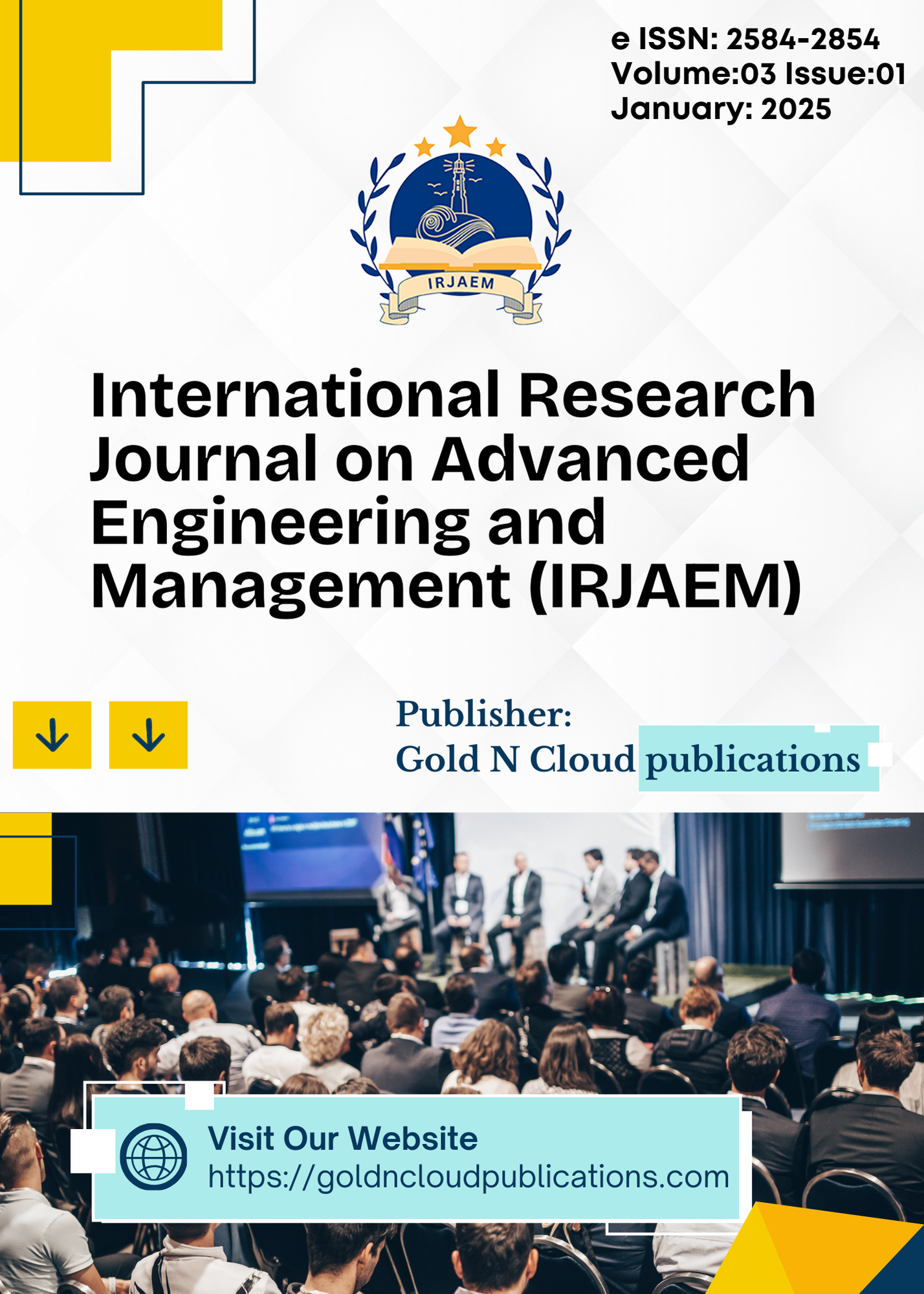Urban Roads Insight on Weighing Parametric Analysis with Fractal Dimension to Assess the Level of Service of Causative Convergence
DOI:
https://doi.org/10.47392/IRJAEM.2025.0005Keywords:
Urban Traffic Congestion, Landuse, Supportive Infrastructure, Stationed VehiclesAbstract
Urban Traffic Congestion continuing to be major problem in urban areas and is being considered as a perineal issue for transport planners and traffic engineers for designing the mitigation measure and strategy to counter. For any mitigation measure to be proposed or designed, it is necessary to measure the congestion and identify the factors that are causing the congestion. The urban road network and the factors causing the urban traffic congestion are no more characteristic in nature. Instead, they are inconsistent and irregular in characteristics, exhibiting the scale variance when measured on smaller scales. The capacities of the road lanes are falling too short for the traffic to handle efficiently. The actual capacities of the lanes are much lower than the practical capacities. The approach of fractal analysis best fits for the analysis of features showing such characteristics. Hence, this paper presents a study where an existing link in urban road network is analyzed by the concept of fractal geometry and fractal dimensions. The complete link is divided into smaller segments and fractal dimensions are calculated for lane capacities. The fractal dimensions so determined shows that the lane capacity within a link is inconsistent and irregular.
Downloads
Downloads
Published
Issue
Section
License
Copyright (c) 2025 International Research Journal on Advanced Engineering and Management (IRJAEM)

This work is licensed under a Creative Commons Attribution-NonCommercial 4.0 International License.


 .
. 